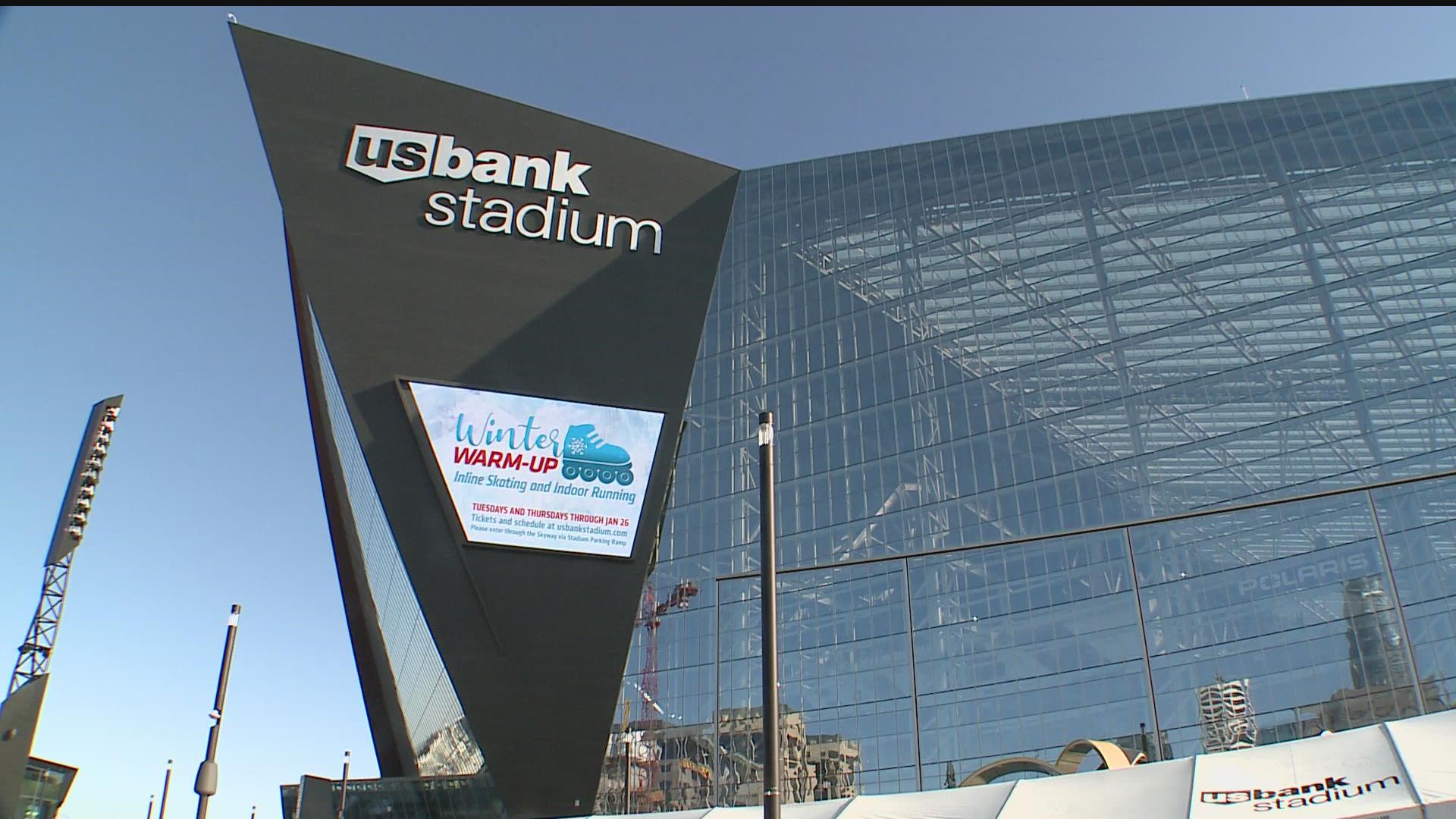MINNEAPOLIS — The home of the Minnesota Vikings could be debt-free as early as 2023, 20 years ahead of schedule if lawmakers opt to make it happen.
The most recent state budget forecast predicted the Stadium Reserve Fund will reach $368 million by the end of June, just shy of the $377 million it would take to pay off the public's share of stadium debt.
Now that the state is sitting on a record $17 billion projected surplus, some see it as a golden opportunity to pay off the bonds two decades early, rather than paying $30 million a year for another two decades.
"Just seems to be a good solution for the taxpayers, city of Minneapolis and the stadium itself," Sen. Eric Pratt, a Prior Lake Republican, told KARE 11.
"Extending the debt extends the interest payments and the amount of time we continue to pay on the bonds. By paying it off we can start to reserve money for ongoing maintenance and upkeep."
It's all due to an unexpected surge in tax revenue from charitable gambling, especially electronic pull tabs run by charities. Lawmakers legalized those games as a way to pay for the public's share of the stadium without tapping into the General Fund revenue.
The public's share of the stadium was $498 million, with the state agreeing to pay $348 million with electronic pull tab revenue and the city of Minneapolis pledging to pay $150 million from hospitality tax revenue.
The hope at the time, back in 2012, was that the new e-tab games would generate enough cash to make the annual payment on the stadium bonds across the next 30 years. Nobody expected the games to perform as well as they have.
"It’s really taken off in the last two to three years, so there’s been a sharp increase in our revenues and our taxes as we pay on those," Rachel Jenner, executive director of Allied Charities of Minnesota, told KARE 11.
The 1,140 charitable organizations that belong to Allied Charities support local charities with the pull tab revenues, but they must also pay the game vendors to operate the games, pay rent to the bars and restaurants that host the games, and pay taxes to support the stadium.
The tax rate ranges between 6% and 35% depending on the amount of net revenue.
"Last year we paid $180 million and that was an increase of $60 million in one year," Jenner explained.
"So, it's been a sharp increase over the last three years and we're now paying an average of 31% as a percentage of our revenue."
She said the charitable gambling community will lean on state lawmakers to lower their tax rate now that the stadium reserve has reached such high levels.
The Vikings have already privately financed their share of the stadium, which was originally set at $500 million but grew over time to $600 million.
"U.S. Bank Stadium is the best stadium in the NFL. It has been a true success story for our state and community," Vikings Vice President Lester Bagley told KARE 11.
"The opportunity to pay off the stadium now would continue that amazing success. We appreciate the state using the electronic pull tab revenue for their intended purpose."
It will be up to legislators and Gov. Walz to decide how to structure the debt payment and how much the city of Minneapolis would pay the state for its share of the stadium bill.
There will also be a push to find new uses for the pull tab revenue. Some lawmakers assert those considerations should be taken up separately, that the bill clearing the stadium debt should simply do that.
Watch more Minnesota politics:
Watch the latest political coverage from the Land of 10,000 Lakes in our YouTube playlist:

